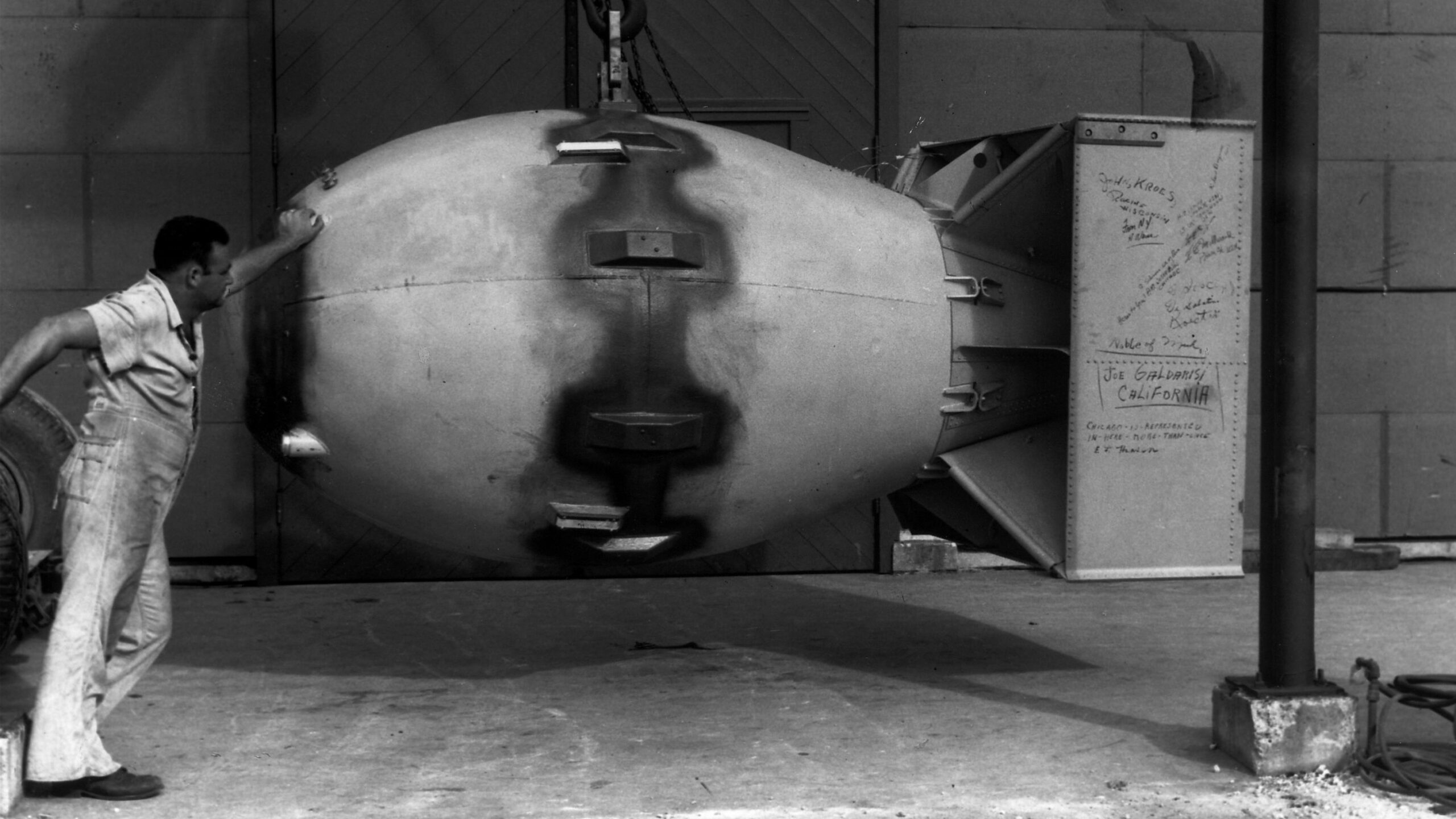The intricate mechanism behind the creation of an atomic bomb is not merely a subject of scientific interest, but also one that invites ethical contemplation and historical reflection. As seen throughout the 20th century, the advent of nuclear weapons profoundly influenced international relations, warfare, and the very fabric of geopolitics. Understanding how an atomic bomb is made requires a grasp of the underlying scientific principles as well as the materials involved in this monumental endeavor. Below is an exploration of the synthesis of an atomic bomb, delineating the pivotal stages and elements involved.
Theoretical Foundations
At the core of nuclear weaponry lies the phenomenon of nuclear fission—the process whereby heavy atomic nuclei split into smaller nuclei, releasing a staggering amount of energy. This process is harnessed in fission bombs, commonly referred to as atomic bombs. There are two principal fissile materials utilized: uranium-235 and plutonium-239. Both isotopes are capable of sustaining a rapid chain reaction, which is the essence of a nuclear explosion. The fascination with nuclear physics stems from the duality of its potential: while providing immense energy, it also harbors the capacity for unprecedented destruction.
Fissile Materials
The production of an atomic bomb begins with the acquisition and enrichment of fissile material. Natural uranium, comprising approximately 0.7% uranium-235, first undergoes enrichment to increase the concentration of the fissile isotope. Various methods exist for enrichment—gas diffusion, gas centrifugation, and laser enrichment being the most prominent. The latter method, while technologically advanced, poses significant challenges and ethical considerations due to proliferation concerns.
Similarly, plutonium-239 is not found in nature in significant quantities and must be produced in a nuclear reactor. Uranium-238 absorbs neutrons and undergoes beta decay to eventually form plutonium-239. This production pathway involves intricate reactor operations and fuel reprocessing, bringing about additional layers of complexity and risk.
Device Design
The construction of an atomic bomb necessitates meticulous design. Two primary designs are commonly employed: the gun-type assembly and the implosion method. The gun-type assembly is straightforward. It involves propelling a sub-critical mass of fissile material into another sub-critical mass using conventional explosives, thereby achieving a supercritical state. However, this design is restricted to uranium-235 due to its unique properties.
In contrast, the implosion method is more sophisticated and is predominantly utilized for plutonium-239. This technique involves surrounding a sub-critical mass with a shell of conventional explosives. When detonated, these explosives compress the fissile material into a supercritical state, prompting a chain reaction. This implosive approach necessitates a precise arrangement of explosives and careful timing for optimal efficacy, often relying on sophisticated electronic detonators.
Critical Mass and Chain Reaction
An essential concept in nuclear physics is critical mass, the minimum quantity of fissile material needed to sustain a chain reaction. Achieving criticality is fundamental to the operation of an atomic bomb. This threshold is influenced by several factors, including the shape and purity of the fissile material, the presence of neutron reflectors, and the configuration of the assembly. The lethal potential of an atomic bomb is directly proportional to the efficiency with which critical mass is achieved and maintained throughout the reaction process.
Neutron Initiators
To effectively initiate the chain reaction, atomic bombs commonly employ neutron initiators. These devices release a burst of neutrons at the moment of detonation, effectively kick-starting the fission process. The choice of a neutron initiator is crucial, as it can significantly impact the bomb’s yield and efficiency. Commonly used initiators include polonium-beryllium and polonium-gold combinations, harnessing the properties of alpha radiation to induce fission in the surrounding materials.
Safety Mechanisms and Deterrence
While the functionality of an atomic bomb is predicated on rapid detonation, the design must also incorporate safety mechanisms to prevent unintended explosions. These safety systems are critical in averting accidental detonations, which could arise from mishandling or environmental factors. Such features include fail-safe switches and sophisticated electronic systems. The deliberation surrounding safety extends beyond mere prevention; it taps into the broader discourse regarding nuclear deterrence and the moral considerations associated with possessing such destructive capabilities.
Conclusion
The creation of an atomic bomb is a complex interplay of science, engineering, and ethical contemplation. Understanding its fundamental principles, from the intricacies of nuclear fission to the design and safety measures, sheds light on the profound implications of nuclear technology on global peace and security. The multilateral nature of this topic underscores the necessity for informed dialogue surrounding nuclear non-proliferation and the ramifications of atomic weaponry. As humanity advances, the dichotomy of curiosity and caution remains paramount in navigating this potent force that has irrevocably shaped our world.












